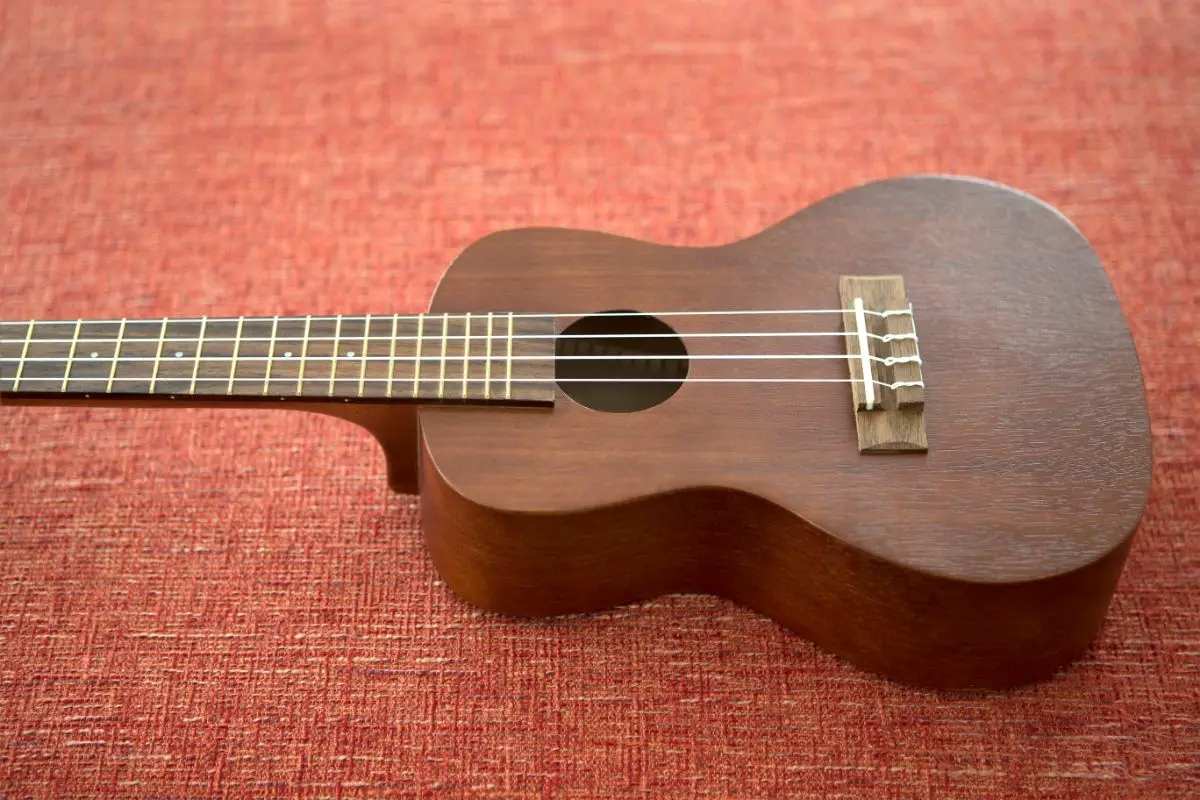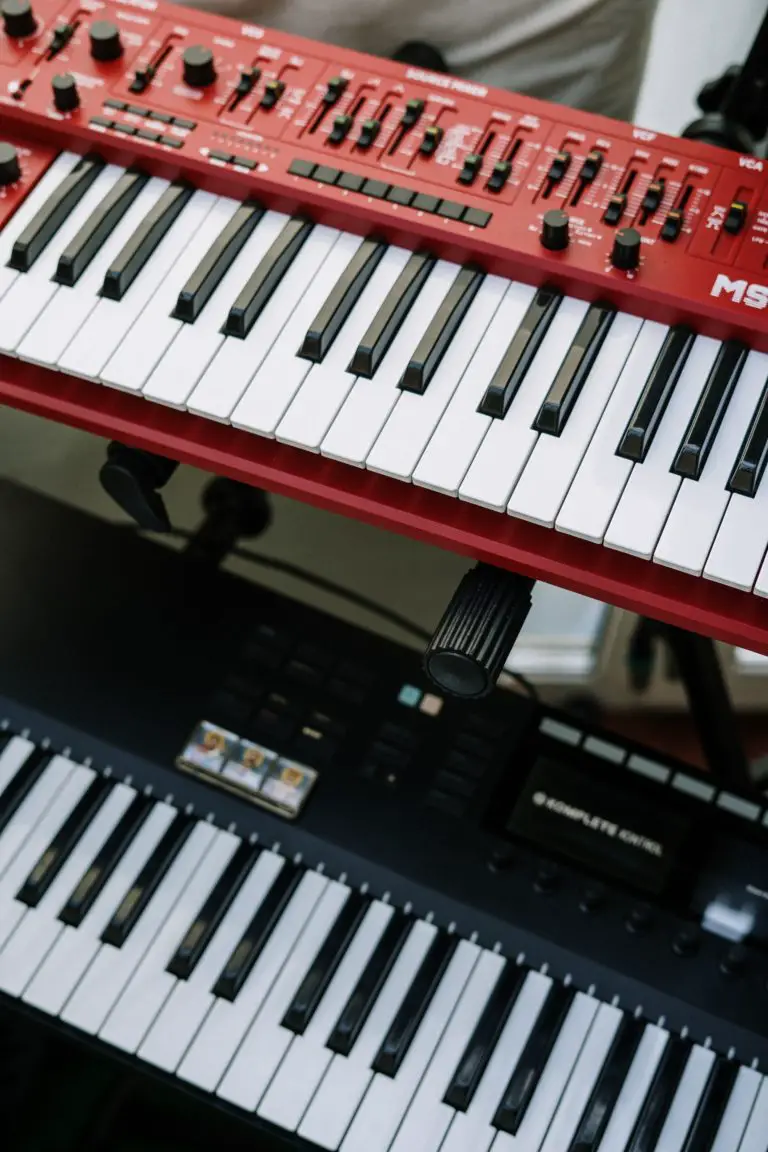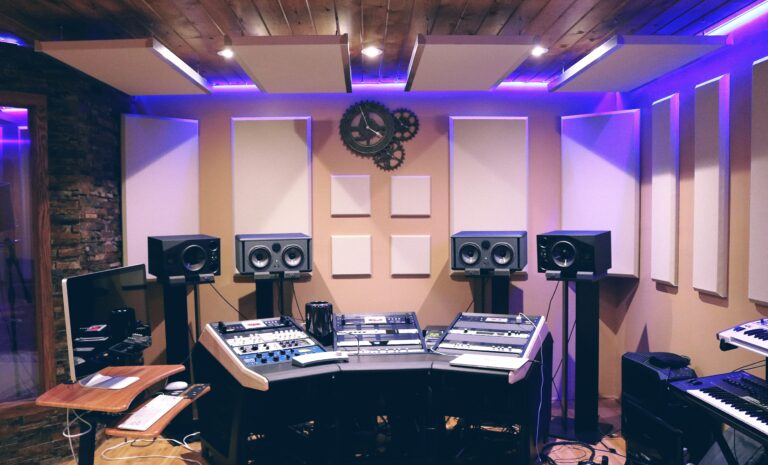What is the Best Ukulele Size for Me?
Working out the best ukulele size doesn’t cross many players’ minds when they start learning to play. Aren’t all ukuleles small in your hands anyway? Here’s the reality:
The best ukulele size is determined by what fits best in your hands, your skill levels, and the type of sound you are wanting to capture
Believe it or not, there are several different sizes of ukulele in existence. These all have slight differences, which makes a big impact on both sound and playing style.
With that in mind, it’s worth putting some extra thought into the ukulele that you end up picking. So what is the best way of finding the best ukulele size for your needs?
Four Different Types of Ukuleles
In the standard ukulele family, there are four different types of ukulele to choose from. These are:
- Soprano Ukulele
- Concert Ukulele
- Tenor Ukulele
- Baritone Ukulele
These names might not mean much at first glance, but they give a good glimpse into the character of each ukulele type. So what sort of profiles do they have?
Soprano Ukulele
Soprano ukuleles are what most people are used to. If you are used to the light, twangy ukulele sounds on older records, that’s because the artist is using a soprano ukulele. It’s the smallest of the ukulele family, with the instrument measuring just 13in from the bridge to the head. Their small nature makes them an excellent starting point for younger players to enjoy and is something that most people would’ve played once.
Concert Ukulele
Sporting a 2in increase on the soprano ukulele, the concert ukulele is an instrument that caters to all needs. The slightly larger body has two major differences from its smaller cousin. Firstly, it is noticeably louder when you play it. But it also accentuates some low notes making it great for all skill levels and music.
Tenor Ukulele
For most adult players, a tenor ukulele is the most comfortable choice out of the ukulele family. The tenor uke has a 17″ span, giving larger-handed players an easy grip to move up and down the neck. However, it still retains the same G-C-E-A tuning that is standard for most ukulele instruments. You might find that some tenor ukuleles also have a low G string instead of a high G, giving it a much rounded and lower sound than smaller models.
Baritone Ukuleles
The baritone ukulele stands out very much compared to any of its cousins. For starters, it is the largest type of ukulele, with spans ranging between 19-21 inches. Furthermore, it is tuned differently, mapping the D-G-B-E tuning often found on most standard guitars. You will also find that the higher strings are placed lower on the body adding to the guitar-like feel of the instrument. Therefore, it acts as a great stepping stone for anyone looking to upgrade to six-stringed instruments later on in life.
Tips When Finding the Best Ukelele Size
Finding the best ukulele size isn’t just a matter of trial and error. You need to consider who the instrument is for and whether the characteristics are right for them.
Even slight doubt about an instrument can impact someone’s love for it. So that’s why it is imperative to get the choice right. So what should you look for when looking for the best ukulele size?
Quick Size Guide (Based on Age)
Here’s a quick size guide based on differing age ranges. Of course, if you’ve got a big (or small) kiddo, these ages may vary!
| Ukulele Size | Typical Age Range | Description |
|---|---|---|
| Soprano | 5-12 years | The smallest and lightest ukulele size, the soprano has a bright and jolly sound. It’s often recommended for kids due to its compact size. |
| Concert | 10 years and up | Slightly larger than the soprano, the concert ukulele provides a richer sound and more spacing between frets, suitable for older kids and adults with smaller hands. |
| Tenor | 13 years and up | Popular among adults, the tenor offers a deeper and more resonant sound. Its larger size offers more fret space, suitable for more advanced techniques. |
| Baritone | 15 years and up | The baritone ukulele closely resembles the sound of a guitar due to its deeper tones. It’s the largest ukulele size and is suitable for teenagers and adults seeking a fuller sound. |
Believe it or not, size matters when playing the ukulele. The naturally small nature of the instrument makes it difficult to hold for some users – particularly for adults trying to play on smaller models.
With scale sizes reaching as small as 13in, it can make adult players with large hand spans struggle to slide between frets on smaller ukuleles. That’s why you will never see many adults shredding on a soprano ukulele.
It works in reverse too. With scales on larger ukuleles varying from 17-21in, for some children, playing a tenor or a baritone ukulele may be harder than playing an actual guitar.
Consider the Number of Frets
| Ukulele Size | Typical Number of Frets | Effect on Playing |
|---|---|---|
| Soprano | 12-15 | The limited number of frets offers a traditional ukulele range, suited for basic chords and classic ukulele songs. Might be restrictive for more advanced or varied pieces. |
| Concert | 15-20 | Provides a broader range than the soprano, allowing for more intricate play. Players can explore slightly more complex pieces or techniques. |
| Tenor | 15-25 | With an even greater number of frets, players can delve into more advanced techniques, scales, and songs. Suited for versatile and varied play. |
| Baritone | 18-21 | Despite its larger size, the fret number stays within a modest range. It’s more about the deeper tonality, but still offers versatility in playing styles. |
Even when you are playing, you will notice the difference in how the instrument feels based on the number of frets each instrument has. For example, a soprano ukulele only has 12-15 frets on the neck.
This makes finger placement much less important than only larger models. That’s because larger ukuleles can have up to 20 frets on the neck. These variations are found more on a tenor or concert ukulele, where they might stretch as low as 15 frets. Baritone ukuleles only have 19 frets due to their unique structure, meaning users must be much more precise when working the fretboard.
Instrument Identity
| Ukulele Size | Sound Identity | Playability Feel |
|---|---|---|
| Soprano | Bright, jolly, and classic ukulele sound. Offers a light and cheerful tonality. | Compact and lightweight, ideal for those with smaller hands. Easier to hold and travel with. |
| Concert | Warmer than the soprano, with a fuller sound. Maintains that traditional ukulele tone but with depth. | Slightly more substantial than the soprano, offering more space between frets. Comfortable grip. |
| Tenor | Deep and resonant with a broader tonal range. A more mature sound compared to smaller sizes. | Larger fretboard allows for advanced techniques. Suited for larger hands and extended finger reach. |
| Baritone | Resembles the deep tones of a guitar. Rich, full-bodied sound distinct from typical ukulele tones. | The most substantial in size, it feels robust and offers a guitar-like playing experience. |
Of course, the instrument’s identity plays a big part in if a ukulele feels right too. This comes in both how it sounds and how you play it. And the instrument’s personality is quickly understood once you start playing it.
Many people hope a ukulele can be free-held and produce light, bubbly tones no matter where you play it. However, that will only work if you have a soprano or concert ukulele. These smaller ukuleles aren’t going to seriously pronounce lower notes like a tenor or especially a baritone would. Therefore, think carefully about what sound you want to generate.
It’s the same notion for anyone that just thinks they strut around freely with their instrument. As the ukulele scales get larger, the more difficult they can be to play confidently in a free position. It’s why many ukulele players using a tenor or baritone variation will have a strap to hold their instrument. This makes them much easier to play when standing and gives extra precision and control as you strum.
Do Different Ukuleles Share Traits?
On the whole, most ukuleles do share several traits that can be found throughout the whole family. This can make transitioning between ukulele types that much easier.
For starters, no matter what variant you choose, they all have four strings. The four-string setup makes it extremely easy to learn strumming patterns and how to get the rhythm between different types.
Alongside that, most ukuleles also share the same tuning setup. Aside from baritone ukuleles, which use a D-G-B-E tuning, all other types are set to a standard G-C-E-A tuning. This means that you can play the same songs with the same notes even if you are using a smaller or larger instrument than you’re used to.
Finally, you will see that all ukuleles share the same body type. No matter what size or shape they might be, they all share the same pineapple body that gives them their unique look. These signature curves make them not only easy to hold but give users an idea of how they can customize them. This can be with adding a strap or tuning mechanism no matter what instrument type you use.
Wrapping things up
At the end of the day, knowing the best ukulele size for you takes a little education. After understanding the characteristics of the four ukulele types, you get a better impression of which type works for you. From here, you can feel how each one feels and sounds to get what is right for you.
Even if it is as simple as moving your hands on the neck or the sound of the instruments, each trait slowly makes you make a natural choice. Of course, all ukuleles do share some common features, and their string setup and shape are classic examples of this. No matter what instrument type you choose, it will soon let you enjoy ukulele playing immensely, especially when you find the best size.






